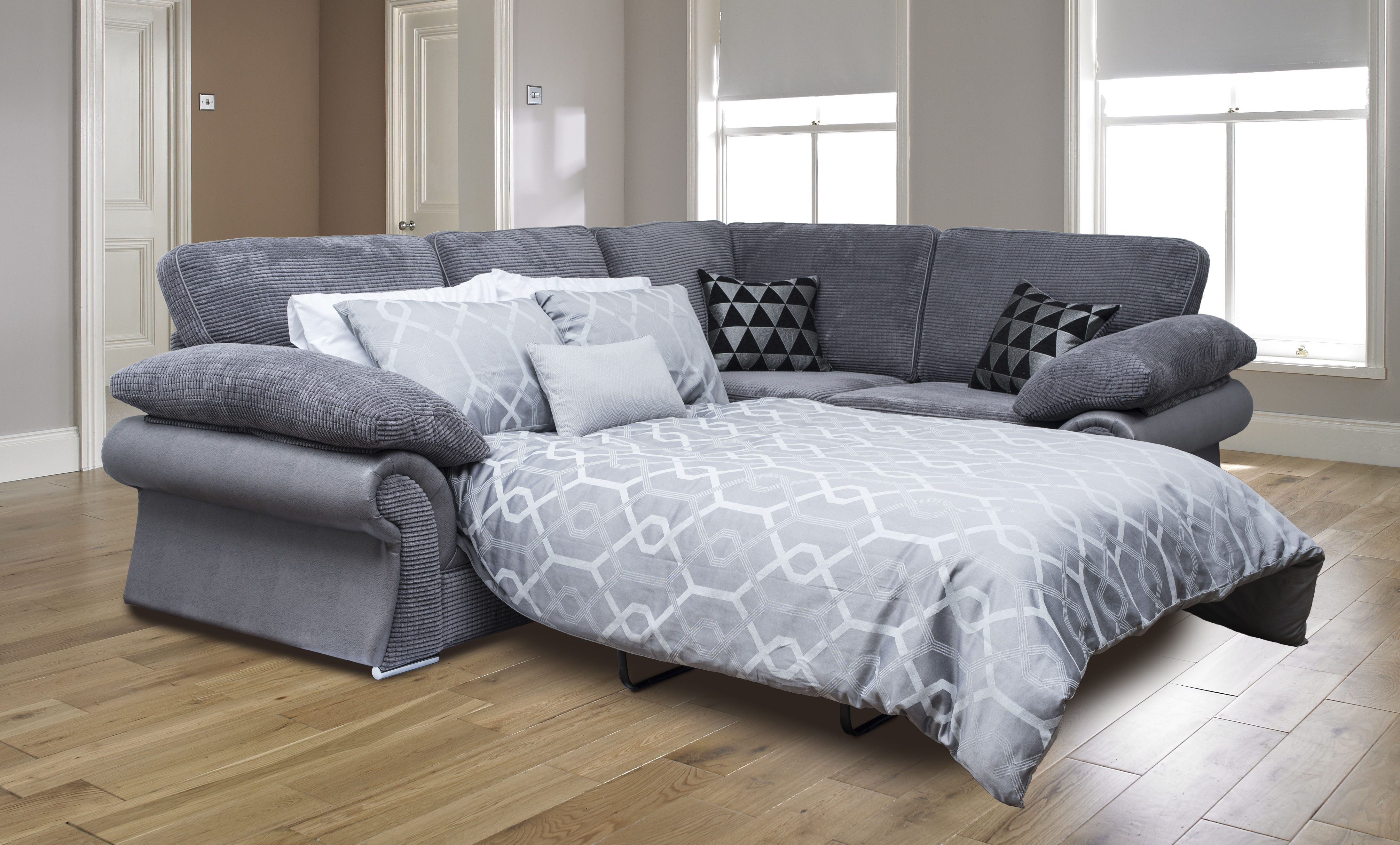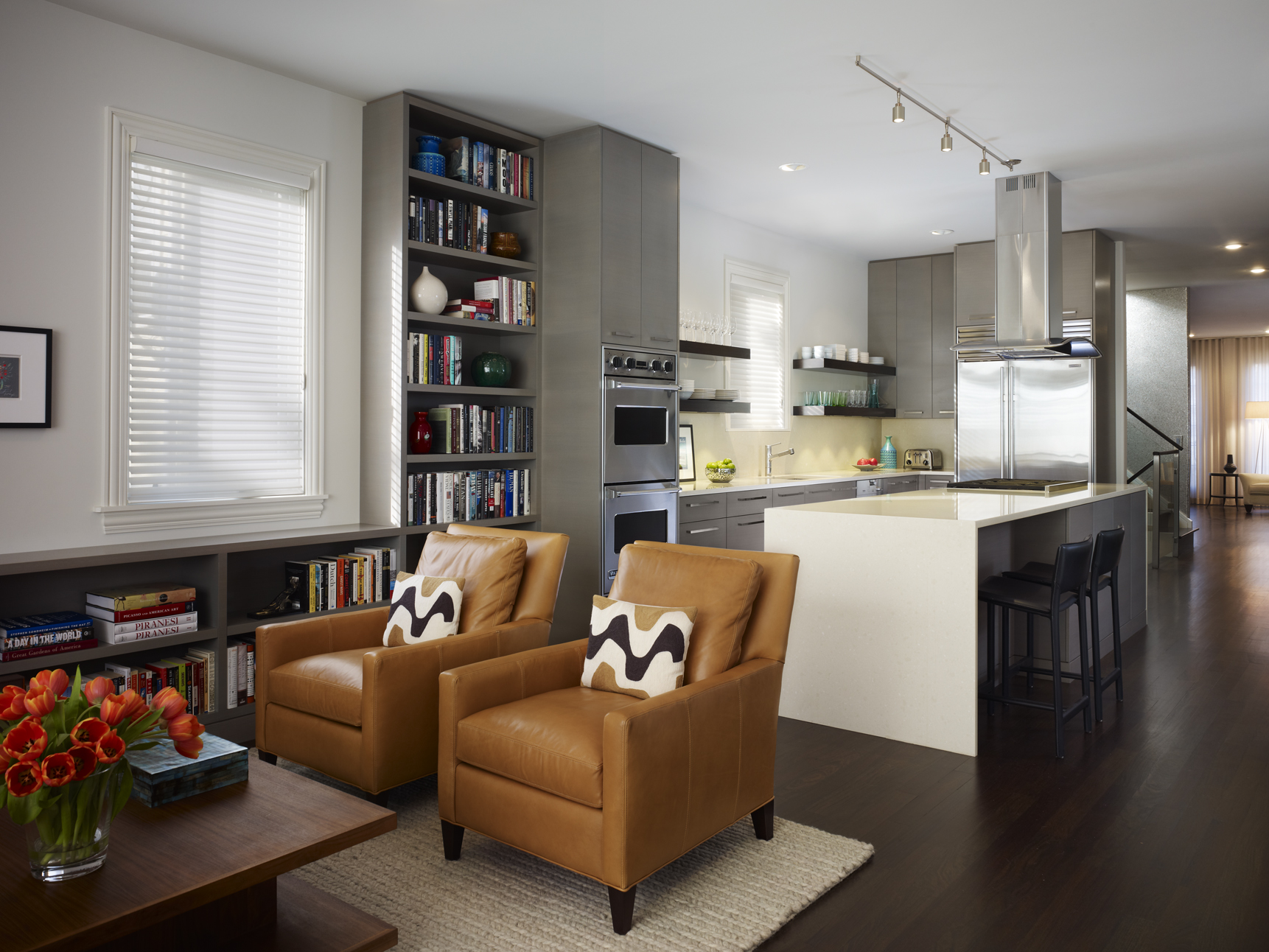Medieval Castle House Design
The Medieval Castle house design seeks to recreate the age of kings and knights with large rooms and extravagant furnishings. This classic style features a great hall, stables, and other annexes, and can be found in many sizes and shapes. Materials such as stone, wood, and brick make up the majority of these designs, and intricate detailing can be found throughout the walls and windows. The medieval castle design is a unique way to bring history to life, and its presence in a home evokes a prestigious atmosphere.
Medieval Village House Design
The Medieval Village house design is a rural look that brings a note of the past with village-style aesthetics. It typically incorporates rustic, cottage style elements, and mixes them with classical designs of the period. Wood is the material of choice in this type of design, and an aura of warmth and history can be found in every corner. These designs usually feature small rooms, cozy windows, and an inviting, authoritative dining hall.
Medieval City House Design
The Medieval City house design seeks to recreate the look and feel of a medieval cityscape. Taller than the other designs, it consists of multiple floors connected through stairways and doorways. These designs tend to have elegant facades, and pillars, ornamentation, and stained glass windows provide an opulent atmosphere. Metals such as steel, copper, and bronze may be found in inlays and accents, adding to the grandiose feel of the design.
Medieval Tower House Design
The Medieval Tower house design takes its cues from medieval castles. These designs are tall and escape the norm of the smaller, traditional medieval house. Designed to be a symbol of strength and beauty, they are usually made of stone and come in a variety of shapes and sizes. Towers can exude a sense of luxury, and the stone walls, doors, and windows create a beautiful setting.
Medieval Manor House Design
The Medieval Manor house design goes beyond the traditional medieval design, with an extravagant, gothic look. Open spaces and tall ceilings are features of the design, and its larger size allows for plenty of entertaining and dining possibilities. The decoration in these designs is usually of a high standard, often featuring delineated plasterwork, carved decor, and colorful artwork.
Medieval Log House Design
The Medieval Log house design brings to mind the innocence of previous ages. This design can come in various sizes and shapes and it is an effective way to bring a rustic look to any space. Materials such as wood and stone are commonly used in these designs, which often incorporate chimneys and turrets. This design can also evoke a sense of comfort and fun, and it can be very cozy in the cold winter months.
Medieval Victorian House Design
The Medieval Victorian house design is a multi-level design that evokes the grandeur of Victorian England. This type of design incorporates high ceilings, intricate details, and large, elegant rooms. Materials such as wood, brick, and stone form the walls and floors, and elaborate decorations and details can be found throughout the design. Its impressive aesthetic makes it perfect for those wanting to embrace Victorian living.
Medieval Gothic House Design
The Medieval Gothic house design takes inspiration from the Gothic architecture of the period. This imposing look usually features tall windows, pointed arches, and ornate tracery. This style has an almost eerie quality and can bring a touch of drama to any home. Even in small spaces, a Gothic house design will stand out from the rest, creating an atmosphere of fantasy and mystery.
Medieval Folk House Design
The Medieval Folk house design uses materials found in nature, such as clay, stone, and wood. Its designs seek to honor the rustic traditions of past generations, and bring a feeling of nature into the home. These designs usually feature a lot of natural elements, including intricate carving and weaving. This type of house design is as cozy and inviting as it is sophisticated.
Medieval Farmhouse House Design
The Medieval Farmhouse house design is all about creating a laid-back atmosphere. This type of design seeks to combine the warmth of home and the strength of the land. Exposed brick and wood beams are often used, along with plenty of natural light and vintage decorations. The cozy and aroma of the farmhouse is perfect for those who prefer a simpler style of living.
What Makes Medieval House Design Unique?

Medieval house design is an architectural style unique to the Middle Ages which was commonly observed throughout Europe during the time period. These houses were developed to be energy efficient and focused on providing comfort and safety to their residents. Medieval homes were made up of stone and wood construction, made up of box-like structures with thick walls and steep-pitched roofs.
Features of Medieval Houses

Medieval homes incorporated distinct features to suit the needs and the climate of the region. Typically, the homes were raised off the ground, making them easier to heat in the winter and cooler in the summer. The structure of the houses was meant to be durable and long-lasting, utilizing a combination of both stone and wood construction. Windows were usually small, due to the need for extra protection from the outside world. Large rugs and tapestries covered stone floors, providing warmth and comfort to indoors.
Organization of Space

The layout of these homes was quite simple and straightforward, designed for efficiency and convenience. The main living space was located closer to the ground , surrounded by wooden walls for protection and built-in storage. This was further divided in to a living area, kitchen and sleeping quarters. Upstairs, smaller windows were placed to provide additional light for the more private space. The roof was also used to keep food from spoiling in the heat, and acted as additional storage space during the winter months.
The Building Process

Constructing a medieval house was no small feat, requiring extensive knowledge of engineering and architecture. The foundation would be created by building a stone wall around the perimeter, as well as a trench in the center for the walls and roof. The walls would then be constructed using stones or wood, while the roof was constructed with wooden beams and thatched materials. Once constructed, the home was usually coated in a layer of plaster or whitewash, to both protect and decorate the exterior.








































































































